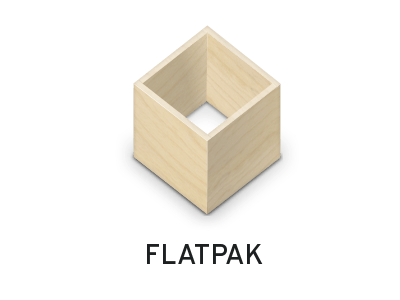How To Install Flatpak on Manjaro

In this tutorial, we will show you how to install Flatpak on Manjaro. Manjaro Linux, known for its user-friendly approach, offers an array of applications through its package manager. However, you might encounter situations where you need software not available in the Manjaro repository. This is where Flatpak and Flathub come to the rescue. Flatpak is a universal package manager that allows you to install software across different Linux distributions, and Flathub is a repository that hosts a vast collection of Flatpak applications.
This article assumes you have at least basic knowledge of Linux, know how to use the shell, and most importantly, you host your site on your own VPS. The installation is quite simple and assumes you are running in the root account, if not you may need to add ‘sudo‘ to the commands to get root privileges. I will show you the step-by-step installation of the Flatpak on a Manjaro Linux.
Prerequisites
- A server or desktop running one of the following operating systems: Manjaro, and other Arch-based distributions.
- It’s recommended that you use a fresh OS install to prevent any potential issues.
- SSH access to the server (or just open Terminal if you’re on a desktop).
- An active internet connection. You’ll need an internet connection to download the necessary packages and dependencies for Flatpak.
- A
non-root sudo useror access to theroot user. We recommend acting as anon-root sudo user, however, as you can harm your system if you’re not careful when acting as the root.
Install Flatpak on Manjaro
Step 1. Before running the tutorial below, make sure that our system is up to date:
sudo pacman -Syu sudo pacman -S base-devel
Step 2. Installing Flatpak.
Now, let’s install Flatpak itself. Use the following command:
sudo pacman -S flatpak
After successful installation, verify Flatpak’s presence by running:
flatpak --version
This command should display the installed version of Flatpak, confirming a successful installation.
To ensure that all changes take effect, it’s a good practice to restart your system:
sudo reboot
Step 3. Configuring Flatpak.
Flathub is a centralized repository that houses a vast collection of Flatpak applications. Adding it to your system is essential. Run this command:
flatpak remote-add --if-not-exists flathub https://flathub.org/repo/flathub.flatpakrepo
With this, you’ve successfully added Flathub to your list of Flatpak repositories.
Step 4. Installing Applications from Flathub.
To explore available applications, use the following command:
flatpak search keyword
Replace “keyword” with the name of the application you’re searching for.
Let’s install an application from Flathub. For instance, to install Firefox, use this command:
flatpak install flathub org.mozilla.firefox
This command fetches and installs Firefox from Flathub. You can replace “org.mozilla.firefox” with the ID of your desired application.
After installation, you can launch Flatpak applications from the terminal or your application launcher. For instance, to run Firefox, use:
flatpak run org.mozilla.firefox
Step 5. Updating and Managing Flatpak Apps.
Keep your Flatpak repository up-to-date with this command:
flatpak update
To update all installed Flatpak applications, use:
flatpak update --user
Uninstalling Flatpak applications is straightforward. Use this command:
flatpak uninstall app-name
Step 6. Troubleshooting.
-
Flatpak Not Found: If you encounter “command not found” for Flatpak, ensure it was installed correctly and that
/var/lib/flatpak/is in your PATH. -
Unable to Add Flathub: If you can’t add Flathub, check your internet connection, and verify the URL provided for Flathub.
-
Permissions Issues: If you face permission problems, ensure you’re using
sudoor have the necessary privileges for system-wide changes. -
Application Not Launching: If an application doesn’t launch, ensure you’ve used the correct application ID and that it was installed correctly.
Congratulations! You have successfully installed Flatpak. Thanks for using this tutorial to install the latest version of Flatpak on the Manjaro system. For additional help or useful information, we recommend you check the official Flatpak website.